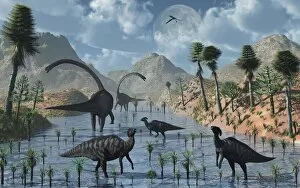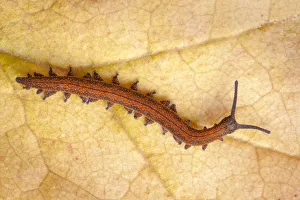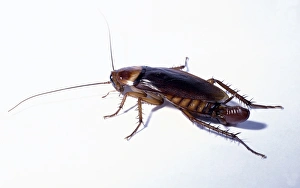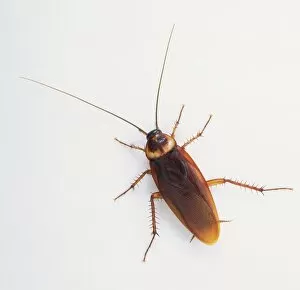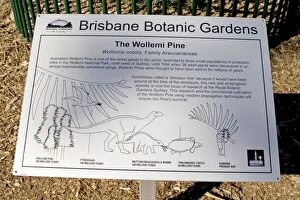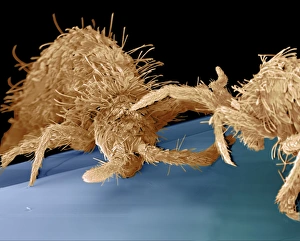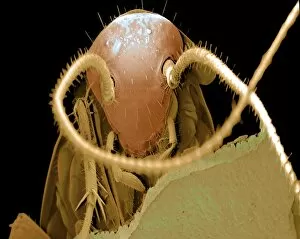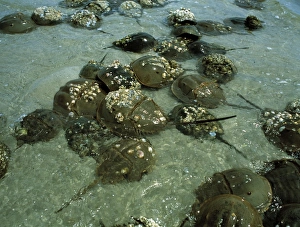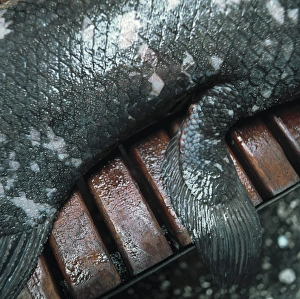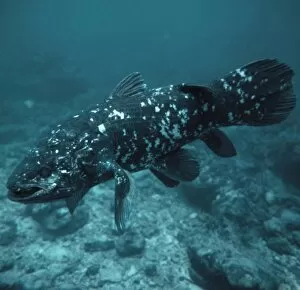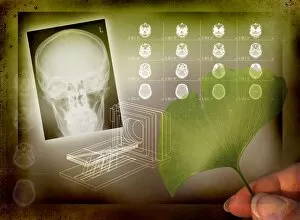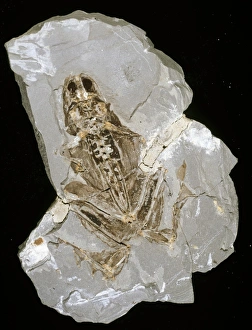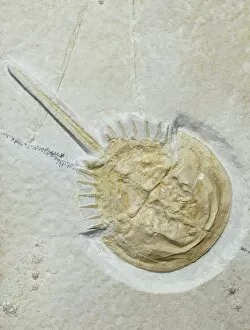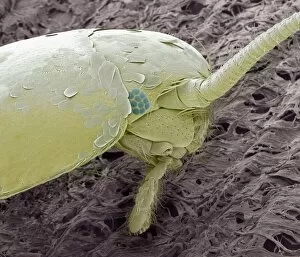Living Fossil Collection
Discover the wonders of the past with these living fossils
All Professionally Made to Order for Quick Shipping
Discover the wonders of the past with these living fossils. 🌿🦕 Maidenhair tree leaves, also known as Ginkgo biloba, take us back millions of years to a time when dinosaurs roamed the Earth. These ancient leaves have remained virtually unchanged for centuries, serving as a reminder of our planet's rich history. Imagine a scene where sauropod and duckbill dinosaurs peacefully coexist, grazing together in harmony. This remarkable sight showcases the diversity and interconnectedness of prehistoric life. The Velvet Worm (Peripatus novaezealandiae) is another living fossil that has stood the test of time. With its unique appearance and primitive characteristics, it serves as a link between ancient creatures and modern-day organisms. Welwitschia mirabilis, an extraordinary plant found in South West Africa, captivates us with its resilience. Its color litho displays this magnificent species that has adapted to survive harsh desert conditions for thousands of years. Even cockroaches have their place in this tale. A female cockroach carrying an egg purse reminds us that these resilient insects have been around since prehistoric times. Witnessing a mixed herd of dinosaurs migrating to greener pastures evokes awe-inspiring images from long ago. It's like stepping into the fabled City of Atlantis set amidst a world dominated by mighty dinosaurs. The Omeisaurus sauropod dinosaurs provide evidence that some species managed to become "living fossils" through their ability to adapt over time while preserving key characteristics from their ancestors. Advancements in technology allow scientists to clone Allosaurus specimens while ensuring their safety through robotic sedation devices. This groundbreaking process offers glimpses into how these majestic creatures once ruled our planet. Intriguingly enough, even fearsome predators like Tyrannosaurus Rex stalked mixed herds of herbivorous dinosaurs during ancient times. The balance between predator and prey is a testament to the intricate web of life that existed millions of years ago.


